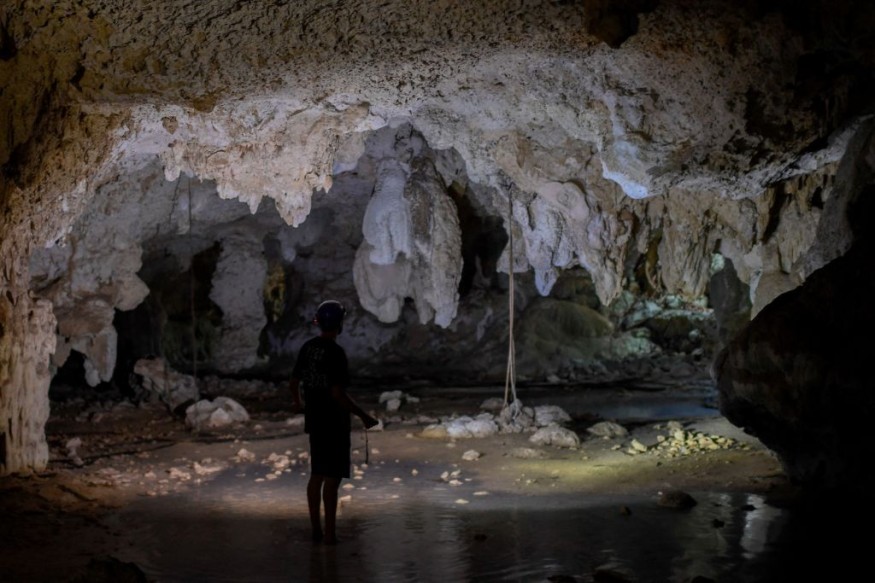Caves are some of nature's wonders that have stood the test of time and have served a variety of purpose for humans and different animal, plant species. For thousands of years, our ancestors have utilized caves, which are not only for modern-day recreational activities but also for shelter and a site of cultural, religious events throughout history.
Caves have also been the site of prehistoric fossils of animals and plants, thanks to the protection provided by underground caverns. With this, environmentalists have considered the hollow chambers to also be a natural habitat with a unique ecosystem of its own. However, caves could also be dangerous due to their complex tunnel with some very narrow passages, not to mention deadly animal inhabitants.
In previous years, some caves around the world have witnessed fatal accidents among cave explorers. These include the Nutty Putty Cave in Utah, which has been closed since 2009 by local authorities following the death of John Jones, who died after being stuck in a narrow passage deep in the cave. Since then, no one has dared to enter the said cave again.
Krubera Cave

Krubera Cave in Georgia has been considered by many travel sites to be officially the world's most dangerous cave, with a notorious track record of claiming the lives of dozens of cave divers. The prevailing factor behind the deaths? No layperson or expert knows exactly how deep it is.
Also called Voronya Cave, Krubera is also officially the world's deepest cave, with depths that no human has ever seen, even until this day, according to the website The Travel. The unknown depth has earned the cave its nickname "the Everest of all cave systems."
The unreachable depths currently are only estimated to be approximately 2,200 meters (7,217 feet). In the past, various attempts have been made to reach its 'bottommost point.' However, complications related to underground air pressure and the complexity of the cave system prohibits people from reaching its most bottom spot.
World's Most Dangerous Caves
Aside from Krubera, other honorable mention on the list of the world's most dangerous caves includes the following, as compiled by the site WOW Travel:
- Cenote Esqueleto in Mexico
- Wind Cave in South Dakota, U.S.
- Dark Star Cave in Uzbekistan
- The Shaft in Mount Gambier, Australia
- Puerto Princesa Underground River, Philippines
- Blue Hole in Gulf of Aqaba in Egypt
- Devil's Caves in Ginnie Springs, Florida
- Orda Cave in Russia
- Samaesan Hole in Samaesan Bay, Thailand
Cave with Deadly Creatures
Meanwhile in Africa, a contender for the world's most dangerous cave title is emerging. For decades, experts have reportedly considered that Kitum Cave in Mount Elgon National Park to deserve such title, The Sun U.S. reported.
Some of the dangers behind Kitum Cave, which is one of the five 'elephant caves,' is its perceived origin of two of the continent's deadliest diseases in modern history, Ebola and the Marburg virus disease.
The publication Atlas Obscura stated that the cave has been visited each night for hundreds or thousands of years by animals, including elephants, buffaloes, antelope, hyenas, and leopards. In the 1980s, two people contracted the Marburg virus disease and died.
With this, the United States Army Medical Research Institute of Infectious Disease (USAMRIID) studied the cave but they were not able to identify the vector species assumed to be living inside the cave, where they sampled many animal species.
© 2025 NatureWorldNews.com All rights reserved. Do not reproduce without permission.





